In the realm of logistics and transportation, semi trucks, often referred to as tractor-trailers or big rigs, play a pivotal role. Knowing the dimensions of a semi truck is crucial for manufacturers, fleet managers, operators, and even everyday individuals looking to understand the expansive world of trucking. This guide will dissect the various dimensions, types, and implications of semi trucks, empowering industry stakeholders with the information they need to optimize their operations.
The Basic Anatomy of a Semi Truck
To appreciate the dimensions fully, we must understand the components of a semi truck:
- Tractor Unit: This is the front part of the semi truck, housing the engine and cab where the driver sits.
- Trailer: Attached to the tractor, the trailer carries cargo. The dimensions of this component vary significantly based on the type of trailer used.
Primary Dimensions Breakdown
Length:
- Standard Tractor: 20 to 24 feet (6.1 to 7.3 meters)
- Standard Trailer: 48 to 53 feet (14.6 to 16.2 meters)
- Overall Length: Between 70 and 80 feet (21.3 to 24.4 meters), depending on regulatory limits which vary by state and country.
Height:
- Overall Truck Height: Generally 13.5 to 14.5 feet (4.1 to 4.4 meters)
- Cab Height: About 9 to 10 feet (2.7 to 3.0 meters) from the ground to the highest point.
Width:
- Standard Width: 8.5 feet (2.6 meters) with variations depending on cargo requirements, although the legal width limit can be up to 102 inches (2.6 meters).
Below is a comparative table summarizing these dimensions for clarity:
| Dimension Type | Tractor | Trailer | Overall Truck Length |
|---|---|---|---|
| Length | 20-24 ft | 48-53 ft | 70-80 ft |
| Height | 9-10 ft | Varies (usually ≤ 14 ft) | 13.5-14.5 ft |
| Width | 8.5 ft | 8.5 ft | 8.5 ft |
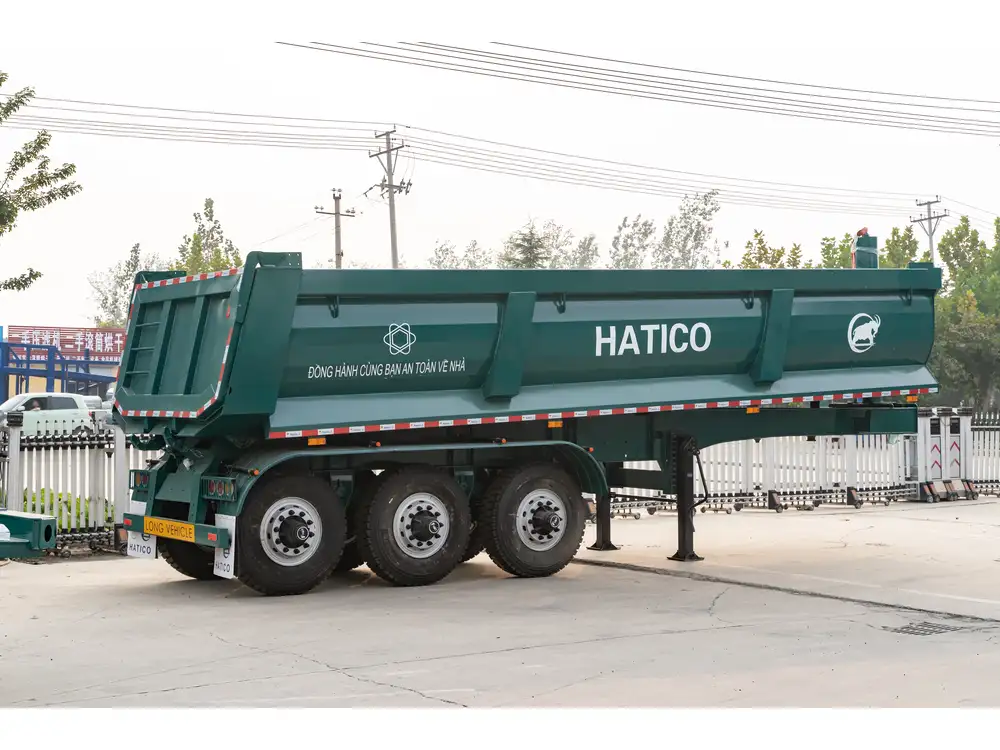
Types of Semi Trucks and Their Dimensions
Let’s delve deeper into the dimensions affected by various types of semi trucks utilized in the industry.
1. Flatbed Trailers
Dimensions:
- Length: 48-53 feet (14.6-16.2 meters)
- Height: Variable (cargo-dependent)
- Width: Typically 8.5 feet (2.6 meters)

Unique Considerations:
Flatbeds allow oversized cargo to be loaded and transported easily. Their open structure means height restrictions are more flexible.
2. Dry Van Trailers
Dimensions:
- Length: 48-53 feet (14.6-16.2 meters)
- Height: 13.5-14.5 feet (4.1-4.4 meters)
- Width: 8.5 feet (2.6 meters)
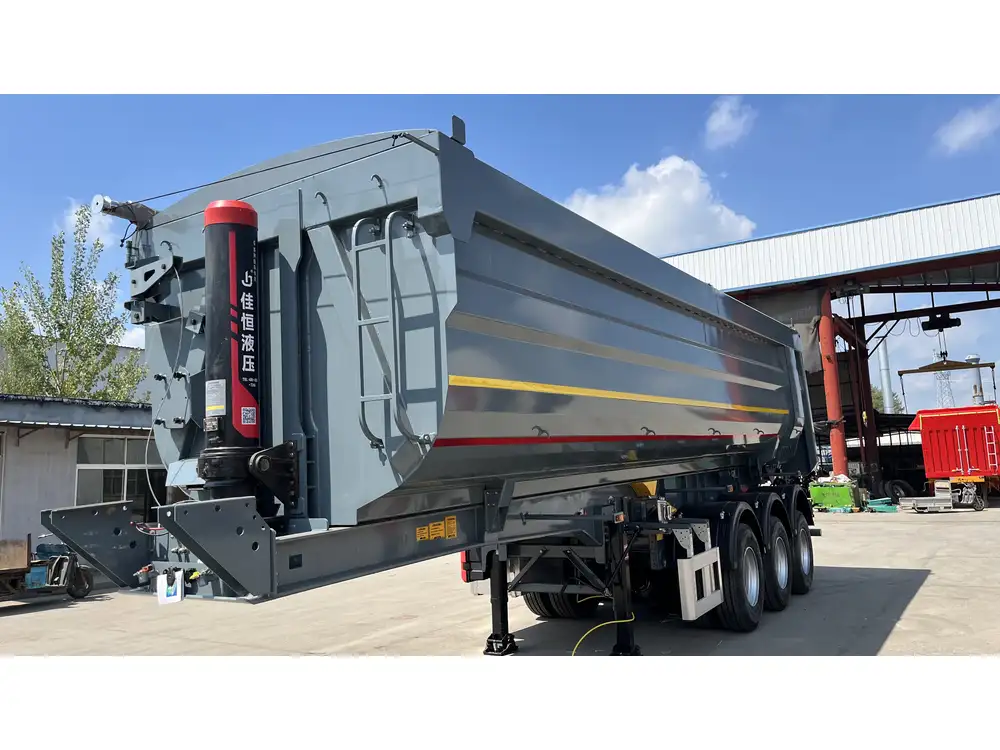
Unique Considerations:
These trailers are enclosed, offering protection from the elements. This type of trailer is most common in the trucking industry.
3. Refrigerated Trailers (Reefers)
Dimensions:
- Length: 48-53 feet (14.6-16.2 meters)
- Height: Varies; often similar to dry vans
- Width: 8.5 feet (2.6 meters)

Unique Considerations:
Designed to transport perishable goods, these trailers have special insulation and refrigeration equipment, potentially adding extra weight.
4. Tanker Trailers
Dimensions:
- Length: 48-50 feet (14.6-15.2 meters)
- Height: Varies based on load; typically similar to dry vans
- Width: 8.5 feet (2.6 meters)

Unique Considerations:
Tanker trailers are built to carry liquids, including fuel and chemicals. The design integrates safety features to prevent spillage and ensure stability.
Regulatory Considerations Related to Dimensions
Understanding legal regulations surrounding the dimensions of semi trucks is essential for compliance and safety:
Federal Regulations
The Federal Motor Carrier Safety Administration (FMCSA) regulates dimensions, setting standards such as:
- Length Limits: Generally up to 53 feet per trailer, with exceptions based on specific combinations of trailers.
- Weight Limits: Gross Vehicle Weight Rating (GVWR) typically should not exceed 80,000 pounds (36,287 kg) without a special permit.
- Height and Width: Most states observe 13.5-14 feet height regulations and 8.5 feet width requirements.
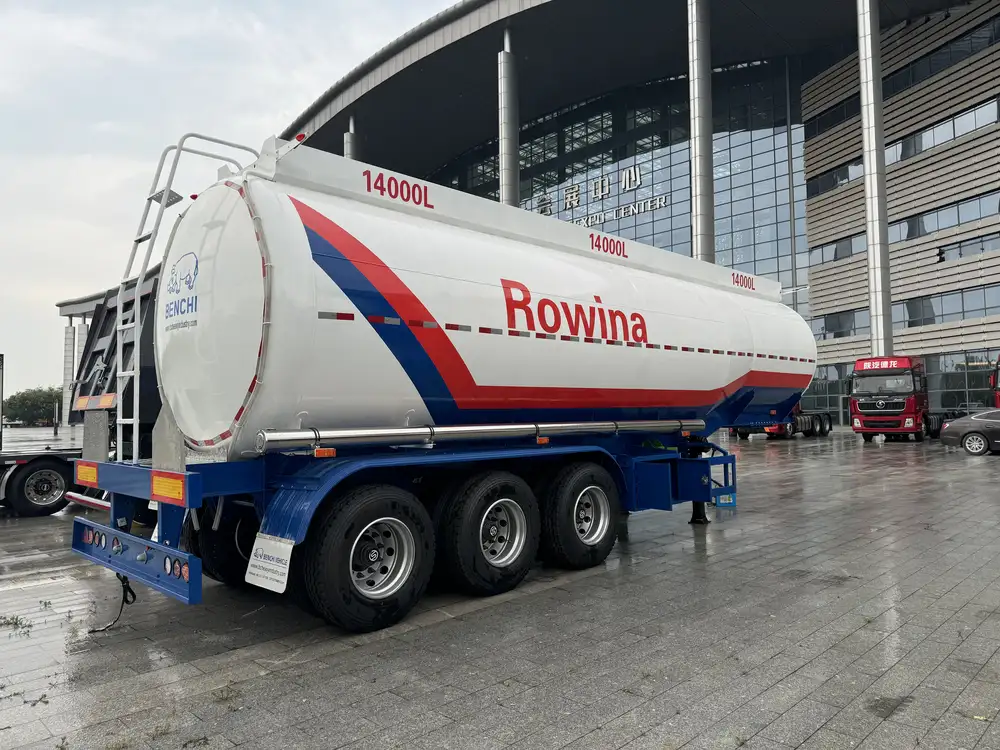
State-Specific Regulations
Every state has its intricacies. For example, California has more stringent rules pertaining to maximum allowable lengths and widths compared to Texas. Consequently, it is advisable to research state regulations before embarking on long hauls.
Factors Impacting Semi Truck Dimensions
A wide array of factors impacts the dimensions of semi trucks, as they are designed for optimized functionality in diverse circumstances:
Payload Requirements
The type and volume of cargo dictate trailer sizes. For instance, bulk commodity trailers must conform to specific dimensions that facilitate maximum load within legal limits.

Aerodynamic Design
Modern semi trucks leverage aerodynamic designs to improve fuel efficiency. Sleek profiles may slightly deviate from traditional dimensions, yet they secure substantial advantages in performance.
Route Specifications
Urban planning can restrict truck dimensions due to bridge heights and narrow streets, impacting truck configurations.
Customization Options
Many manufacturers offer customizable features. Specialty equipment may necessitate deviations from standard dimensions, warranting careful planning and engineering.
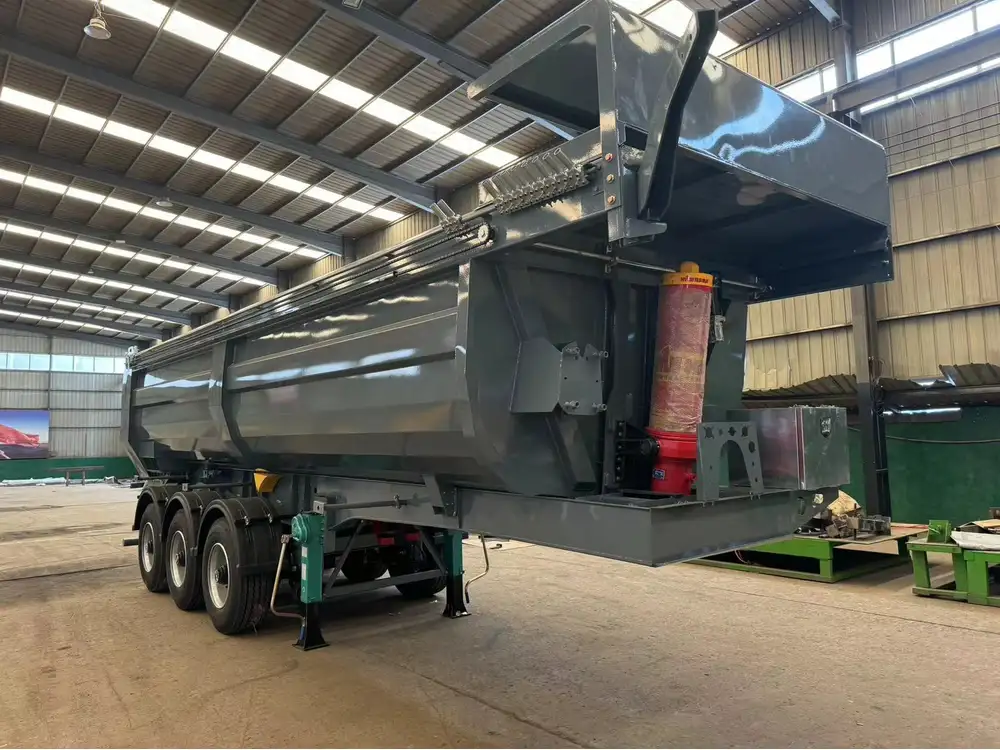
Key Considerations for Operators
Evaluating the dimensions of semi trucks is not just a question of compliance; it can affect operational viability. Here are salient points to consider:
1. Load Capacity Assessment
Understand the required load capacity for your trailers and match them with appropriate dimensions to optimize transport efficiency.
2. Regulatory Compliance
Stay updated on the latest federal and state-level regulations to avoid penalties. This includes ensuring that dimensions, weight, and equipment meet legal stipulations.

3. Route Planning
Always consider your planned route. Certain dimensions may pose risks, particularly in urban environments. Utilize route planning software to identify any potential restrictions.
4. Maintenance and Safety Checks
Regularly inspect the semi truck to ensure all components remain within specified dimensions and maintain safety. Post-trip inspections can detect issues before they become significant hazards.
Enhancing Efficiency Through Understanding Dimensions
Familiarizing with the dimensions of semi trucks provides a competitive edge. Properly leveraged, this knowledge aids businesses in mitigating operational challenges and enhancing productivity:
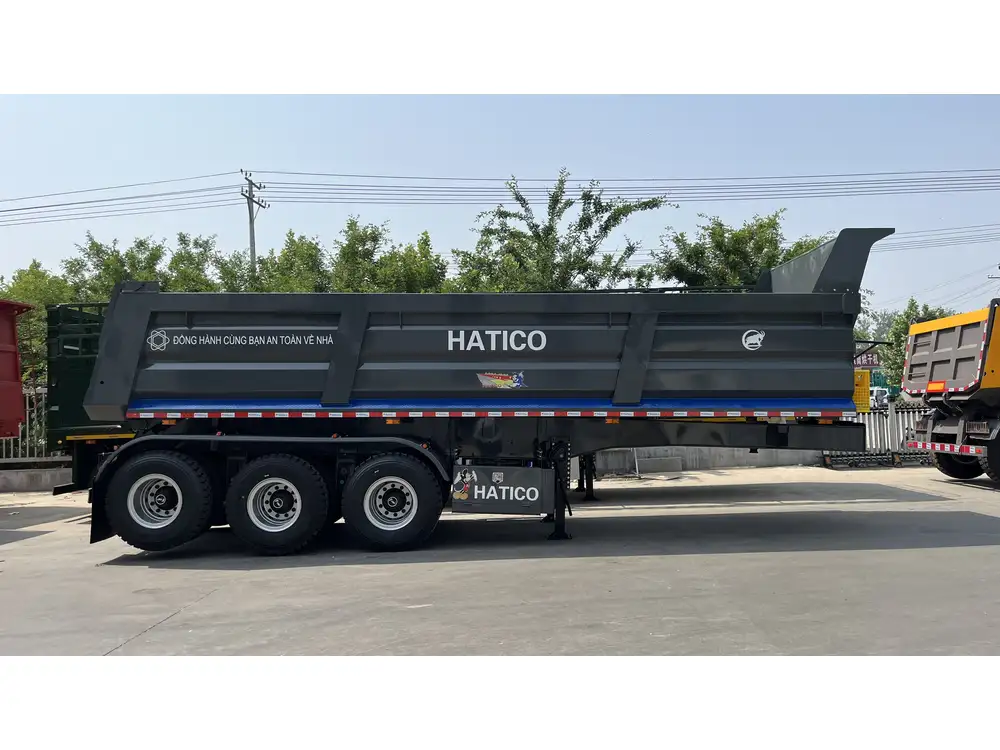
Efficiency Maximization Techniques
- Route Optimization: Using GPS technology to plot efficient routes that minimize time delays based on truck dimensions.
- Load Distribution: Understanding dimensional weight limits can lead to better load distribution, improving fuel efficiency and safety.
- Regular Training for Operators: Constant education and training concerning truck dimensions and handling techniques can lead to fewer accidents and enhanced performance.
Conclusion
In conclusion, understanding the dimensions of semi trucks is fundamental to navigating the logistics and transportation industry successfully. It involves grasping the variety of trailer types, their unique attributes, and the extensive regulations involved. With this knowledge, operators and manufacturers can optimize their operations, ensure compliance, and drive efficiency in their fleets. Whether considering safety, regulatory compliance, load capacity, or operational efficiency, dimensions play a critical role, making them pivotal in the decision-making processes of trucking businesses. By engaging with this detailed examination, stakeholders will be better equipped to chart a successful course in the dynamic landscape of semi-trailer transportation.



